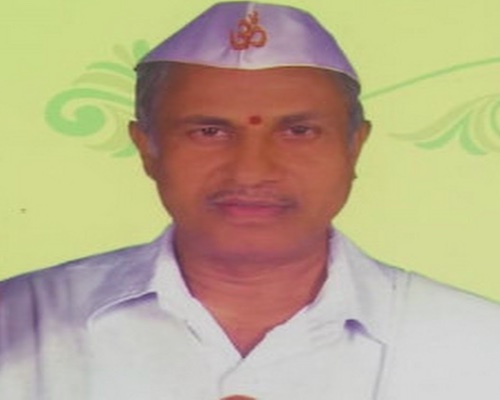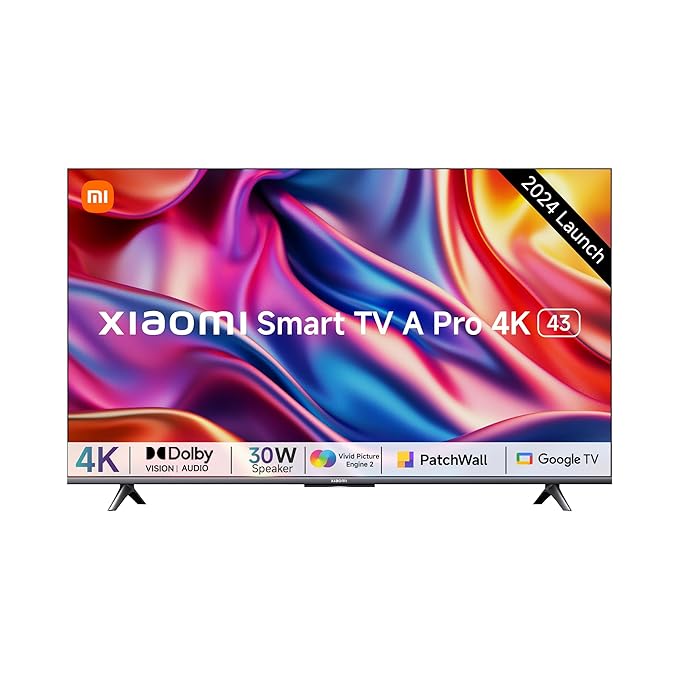The Vedic gods, who come from the ancient religious texts called the Vedas, represent different natural forces, cosmic principles and divine qualities. These gods are very important in Vedic rituals, hymns and beliefs, showing a close link between the divine world and nature.
This article introduces some major Vedic gods, their characteristics and their roles in Vedic beliefs.
Main Vedic Gods and Their Qualities
-
Agni (Fire God)
- Agni is a central god in the Vedas. As the god of fire, he acts as a link between humans and gods, carrying offerings from rituals to the divine.
- Agni has two faces, showing his nature of both consuming and purifying.
- He represents warmth, light and energy, symbolizing both physical and spiritual fire.
- He is also called Jataveda (knows everything), Dakshina (right-hand deity) and Havirdhana (bearer of offerings).
-
Indra (King of Gods)
- ndra is the king of the gods and the god of rain, storms and war.
- He is a warrior who fights against forces of chaos and upholds order.
- Indra holds a thunderbolt (Vajra) and rides a white elephant named Airavata.
- He represents strength and leadership in maintaining order.
- Known as Maghavan (the generous one), Vajrahasta (with thunderbolt) and Vrtrahan (slayer of demon Vrtra).
-
Varuna (God of Order)
- Varuna governs cosmic order and law (rta), ensuring the principles of truth and justice.
- He is shown holding a noose (Pasa), symbolizing restraint for those who break cosmic laws and is associated with water and the ocean.
- Known as Soma (celestial drinker), Aditi (boundless) and Rita (upholder of order).
-
Surya (Sun God)
- Surya is the sun god, embodying life-giving energy.
- He is honored for sustaining life and keeping the day-night cycle.
- Surya drives a chariot with seven horses, symbolizing health, vitality and enlightenment.
- Also known as Savitar (stimulator), Aditya (son of Aditi) and Ravi (the radiant).
-
Chandra (Moon God)
- Chandra, or the moon god, represents the lunar cycle, timekeeping, fertility and seasons.
- Often shown in a chariot pulled by ten white horses or an antelope, he symbolizes calmness and nurturing.
- Also called Soma (drink of immortality), Tara (star) and Rohita (red one).
-
Vayu (Wind God)
- Vayu is the god of wind and air, crucial for life and movement, responsible for the breath of life.
- Depicted as swift and powerful, he brings life to beings and is often shown with a banner or horse.
- Known as Marut (storm god), Pavan (purifier) and Vata (wind).
-
Yama (God of Death)
- Yama is the god of death and ruler of the afterlife, guiding souls and judging their actions.
- Shown with a staff and riding a buffalo, he oversees the path of souls after death.
- Also called Dharmaraja (king of justice), Yamaraja (lord of death) and Mritasa (death-bestower).
-
Brihaspati (Teacher of Gods)
- Brihaspati is the teacher of the gods, known for wisdom and guidance in rituals and cosmic matters.
- Shown as a calm elder, associated with the planet Jupiter, representing knowledge and eloquence.
- Called Jupiter (teacher), Devaspat (lord of gods) and Brahmanaspati (lord of sacred word).
Vedic Hymns and Rituals
- Hymns and Invocation:
- The Vedas have many hymns dedicated to these gods, praising their qualities and their roles in keeping cosmic order.
- During rituals, specific hymns are chanted to invite the gods and receive their blessings.
- Sacrifices and Offerings:
- Sacrificial rituals (yajnas) honor the Vedic gods with offerings like ghee, grains and soma.
- These rituals aim to please the gods, maintain harmony and receive blessings for prosperity and health.
Conclusion
The Vedic gods, with their unique roles and qualities, create a rich picture of divine figures that reflect the complex ideas of Vedic religion. Each god represents parts of nature, cosmic laws and spiritual values, helping maintain the universe’s harmony. Through worship and rituals, the Vedic tradition aligns human actions with divine will, keeping the natural and spiritual order. These deities continue to influence Hindu practices and cultural traditions, showing their lasting importance in India’s spiritual heritage.















